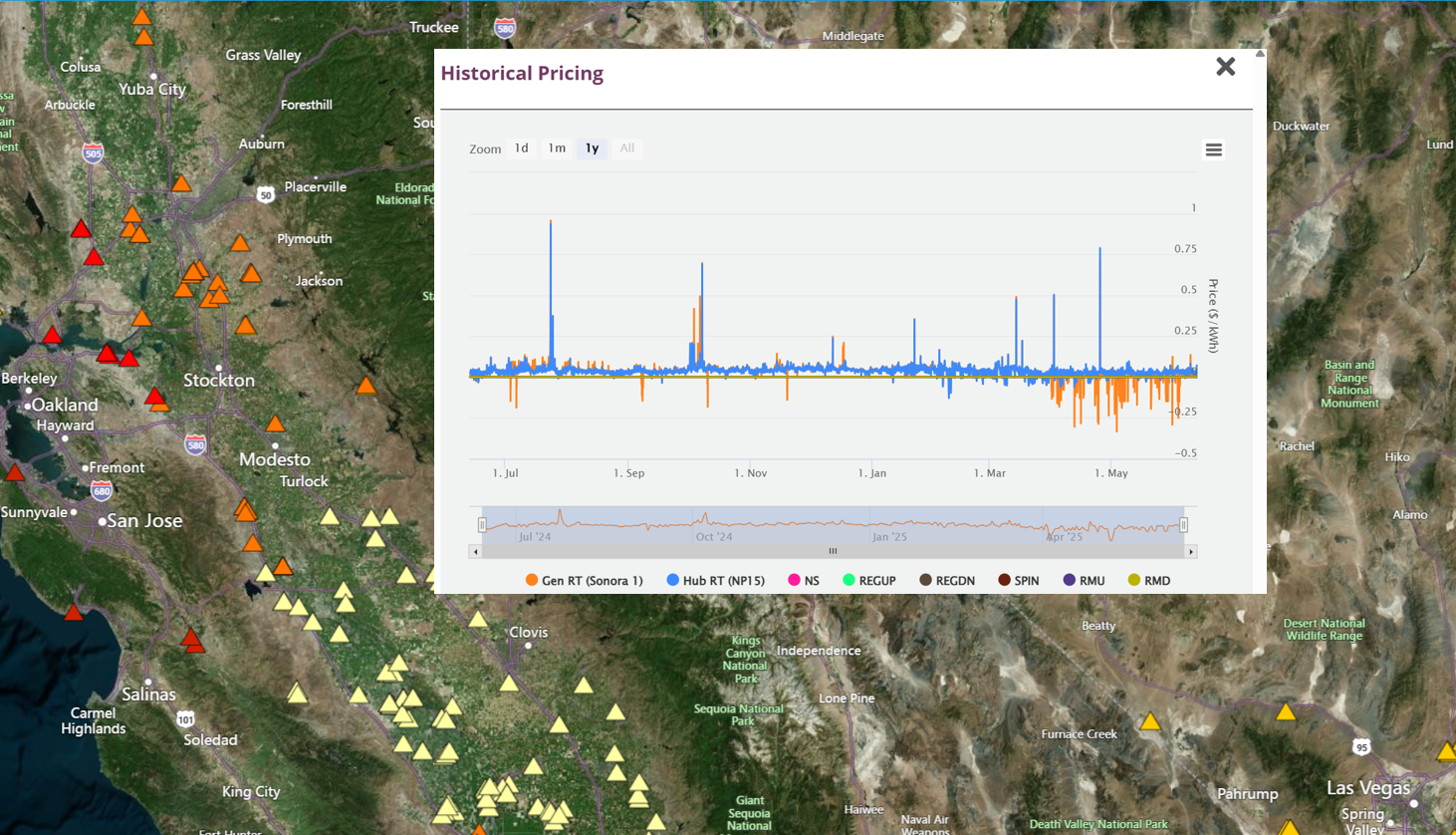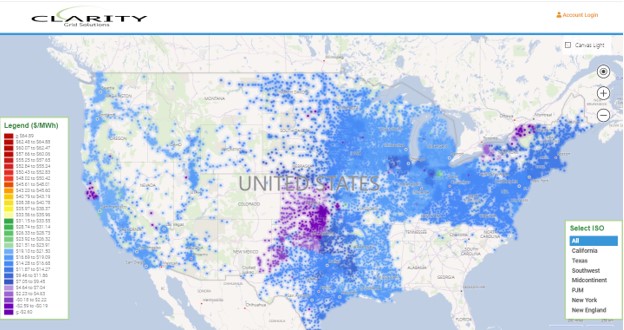This is installment 3 of Decoding Grid Economics
The Symbiotic Relationship
Nodal price location data and utility tariffs are two sides of the same coin when it comes to understanding US grid economics. Nodal pricing provides the granular, real-time economic signals that drive wholesale market efficiency and investment decisions, reflecting the physical realities of the grid. Utility tariffs, on the other hand, translate these wholesale costs and grid needs into the prices consumers pay, shaping demand patterns and influencing the overall financial health of the utility sector.

Here’s why analyzing nodal power data alongside utility tariffs is crucial:
Accurate Cost Assessment: Nodal data reveals the true cost of electricity at its source, while tariffs show how those costs translate into your bill. By combining them, you get a more comprehensive understanding of your overall drivers of “Behind-the-Meter” vs. the “Front-of-the-Meter” grid economics and costs.
Identifying Cost Drivers: Understanding nodal pricing helps you pinpoint areas of high cost (e.g., congested nodes) and identify opportunities to reduce your exposure to these price spikes.
Strategic Energy Management: For businesses with flexible loads, analyzing nodal data and tariffs can help optimize operations, shifting consumption to lower-cost periods or locations.
Renewable Energy Integration: Nodal data can help assess the value of distributed renewable energy resources (like solar and batteries) by providing locational price signals, incentivizing generation where it’s most beneficial.
Data Center Siting: Granular nodal price information enables data centers to optimize their location choices, potentially reducing their electricity costs by choosing areas with lower prices and more reliable grid capacity.
Nuances and Challenges
While combining nodal and tariff data offers significant insights into understanding the economics of the grid, there are some nuances to consider when selecting a software vendor that provides robust, detailed data sets.
Complexity: Nodal pricing is complex, requiring a deep understanding of the grid dynamics while the physical build-out of the grid continuously expands with thousands of new node locations being added to the grid each year.
Contextual Location: Nodes are more than just dots on the grid. Price nodes represent either load, in the form of a physical substation, or generation, in the form of a physical generation or storage facility. Understanding the significance of these physical locations, along with the interconnecting transmission infrastructure, is vital to understanding the logistics of energy consumption and generation.
Data Availability: Nodal price data may be readily available from ISO Operator websites but placing it’s locating to a map can be a difficult, time-consuming task and the volume of historical data needed to run even simply analytics can out grown the capabilities of Excel quickly.
For a comprehensive understanding of the US electricity market, one must look beyond the simplified retail bill and delve into the complexities of nodal pricing. Only by analyzing both these crucial data points can we truly grasp the intricate forces at play in one of the world’s largest and most vital energy systems.

